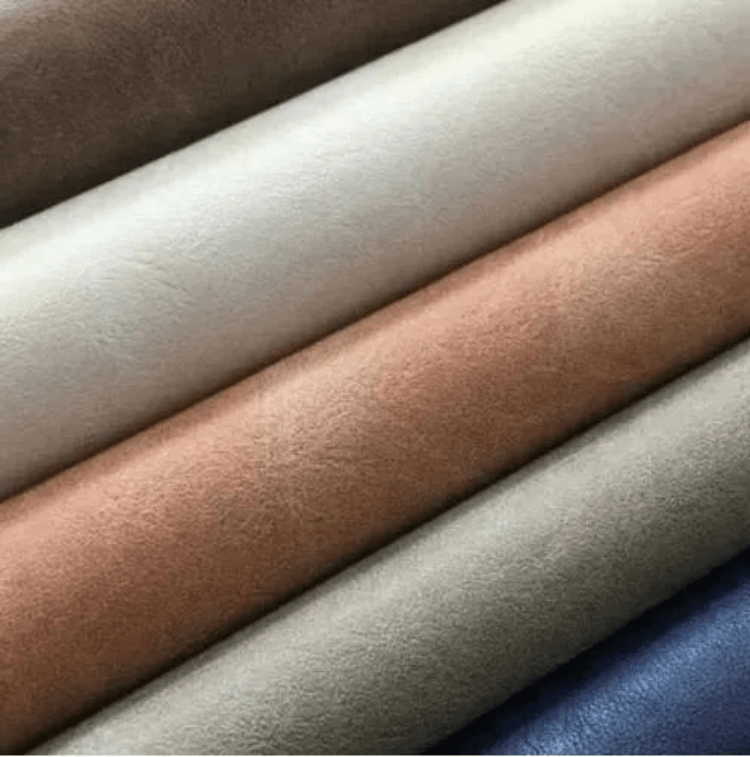Topic: Today we are talking about the Differences between TPE, TPU, and PU and how they performance different in a soccer ball?
Introduction
TPE, TPU, and PU are three widely used plastic materials. You often encounter products made from them in daily life, but the distinctions among them are not always clear. Below is a breakdown of their differences and respective features.
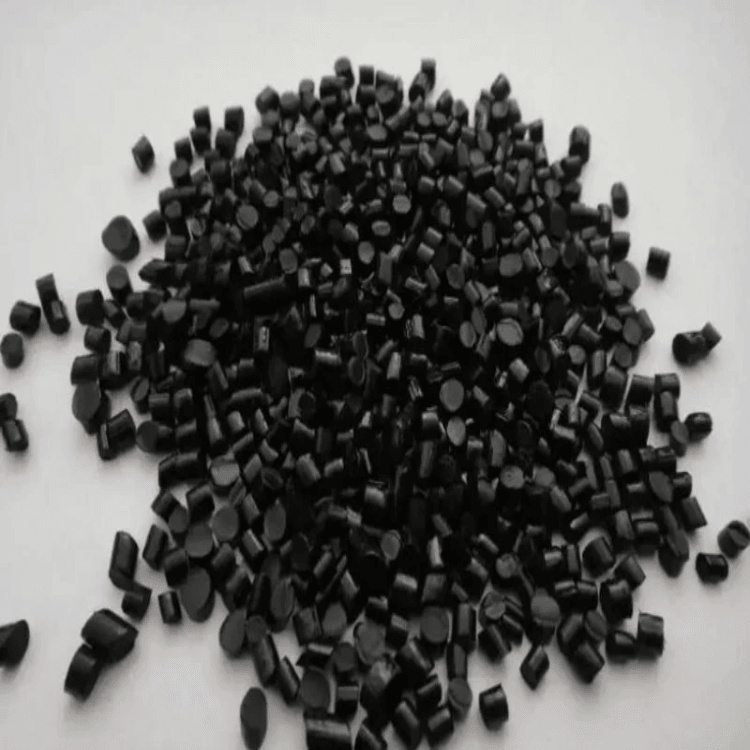
1. Names & Characteristics
1) TPE (Thermoplastic Elastomer)
The TPE full name is thermoplastic elastomer. It has the characteristics of plastic and rubber. It is the high elasticity of rubber at room temperature and can be plasticized into molecular materials at high temperatures. It is a new type of polymer material between resin and rubber. Its structural feature is that it consists of chemical bonds to form different resin segments and rubber segments. The resin segment forms a physical crosslinking point by linking force. The rubber segment forms a highly elastic chain segment, making the material elastic, and the physical crosslinking of the resin segment can change reversibly with temperature changes, so that the TPE has processing characteristics, thus having the physical and mechanical properties of vulcanized rubber and the process processing properties of thermoplastics.
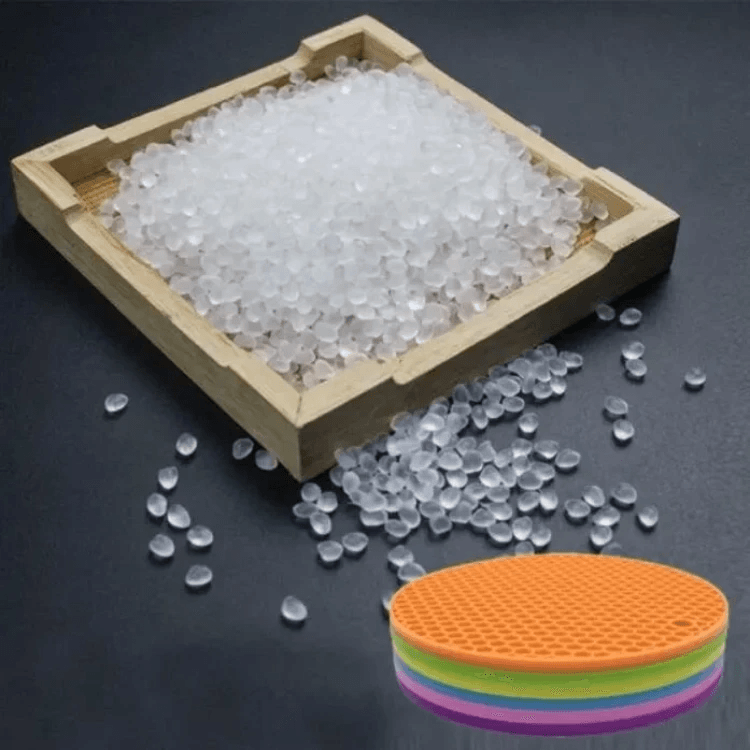
2) TPU (Thermoplastic Polyurethane Elastomer)
The full name of TPU is thermoplastic polyurethane elastomer, or thermoplastic polyurethane rubber. It is a (AB) n-type block linear polymer. A is a polyester or polyether with a high molecular weight between 1,000 and 6,000, while B is a diol containing 2-12 direct-connected carbon atoms. The chemical structure between AB chain segments is diisocyanate. TPU relies on mild crosslinking between macromolecular chains or intermolecular hydrogen bond crosslinking to achieve two crosslinking structures that can be reversible as the temperature rises or decreases. Typical TPUs are such as spandex.
3) PU (Polyurethane)
The full name of PU is polyurethane. It was made by Otto Bayer and others in 1937. It is a polymer compound. In fact, TPU is a type of PU, and CPU is also a PU material. Therefore, TPU and PU are essentially one material.
2. Material Features in chart:
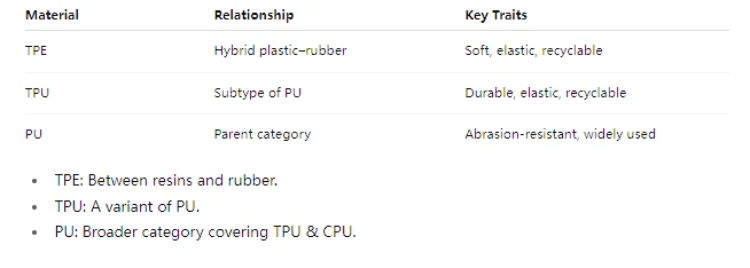
TPE: Between resins and rubber.
TPU: Wide hardness range, strong, resistant to oil/water/mold.
PU: Highly durable, lightweight, and used across many industries.
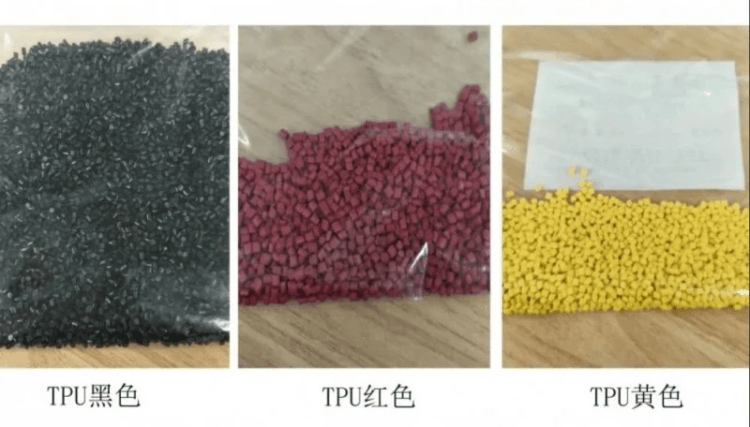
3. Applications
TPE: Toys, seals, sports equipment.
TPU: Shoes, films, hoses, inks, training balls.
PU: Widely used in match-quality footballs, foams, coatings, adhesives.
Summary
TPE: Between resins and rubber.
- TPU: A variant of PU.
- PU: Broader category covering TPU & CPU.
- Quick Identification Tips
Touch test: TPE smoother; TPU rougher.
Squeeze test: TPE deforms more, rebounds slowly. TPU is springier.
Burn test: TPE flames with petroleum smell; TPU bubbles and smells sharper.
Why This Matters for Soccer Ball Manufacturing? As a soccer ball factory and football manufacturer, material choice defines product quality:
- PU (FIFA quality, thermal bonded): Professional match balls.
- TPU: Durable, cost-effective for training/junior balls.
- TPE: Innovative option in certain sports products.
